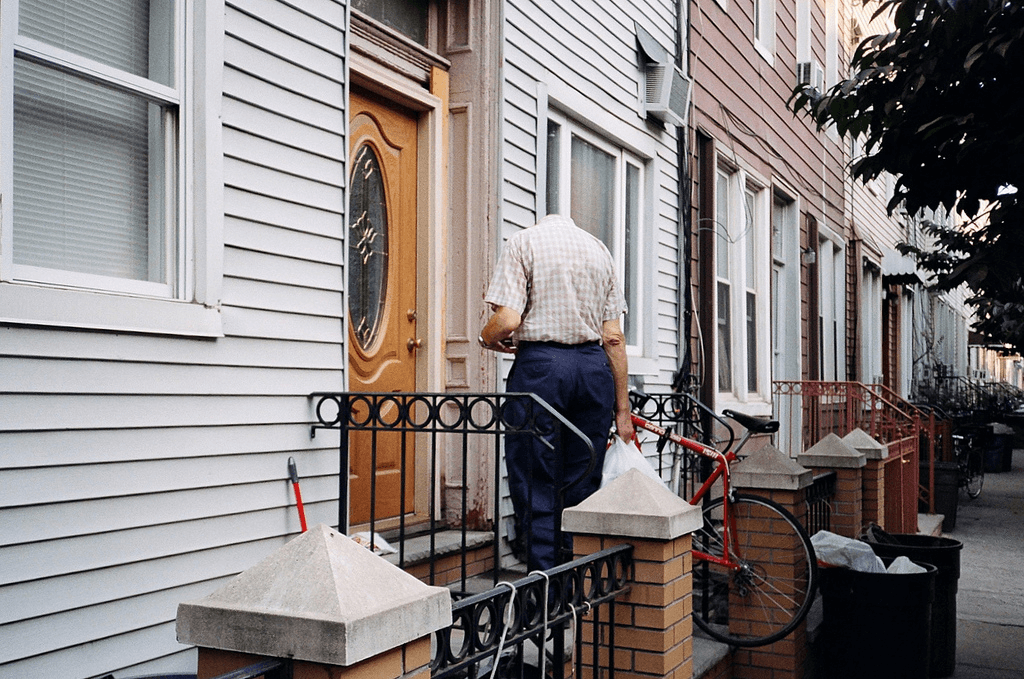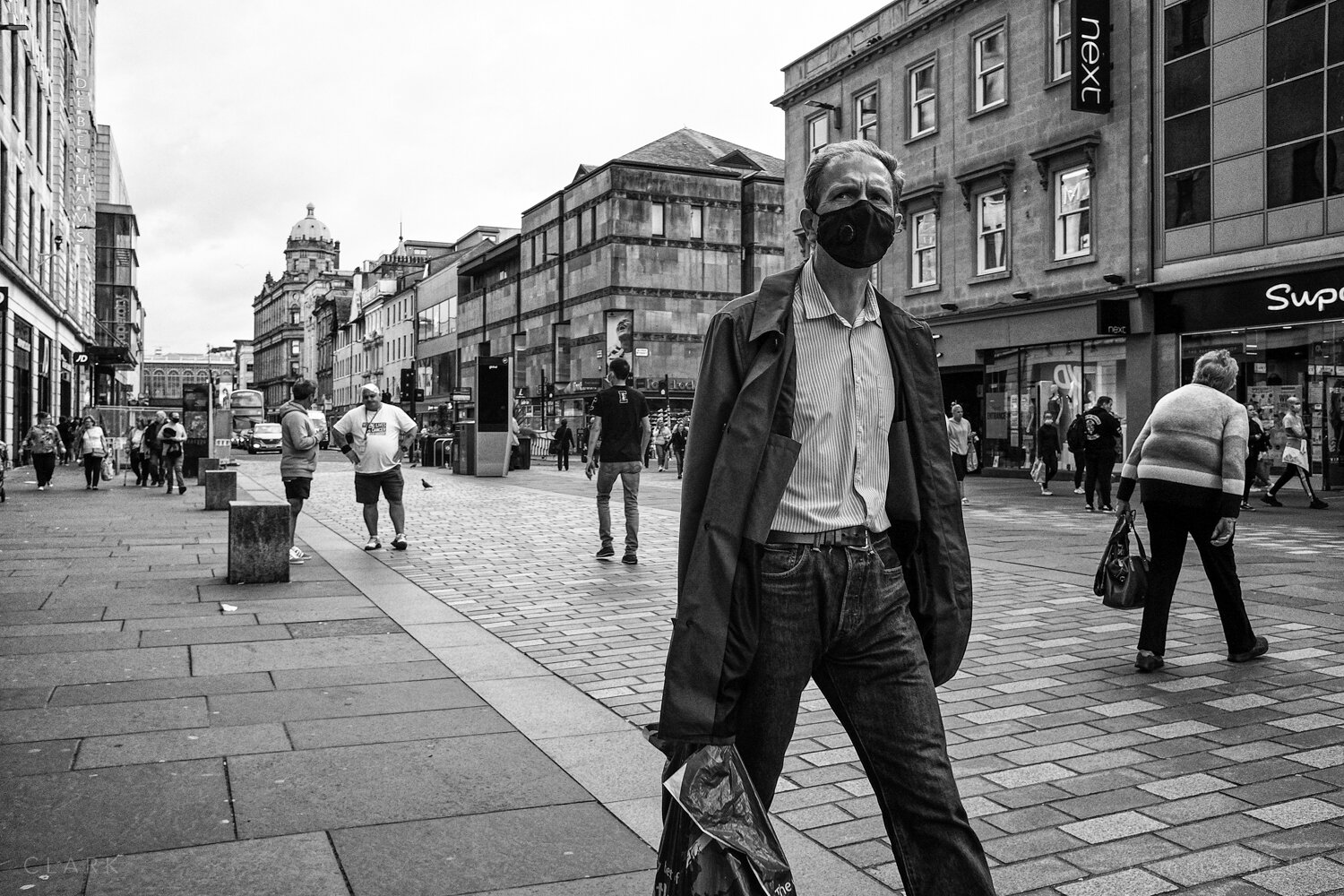The Best Strategy To Use For Street Photographers
The Best Strategy To Use For Street Photographers
Blog Article
Getting The Street Photographers To Work
Table of ContentsThe 5-Minute Rule for Street PhotographersWhat Does Street Photographers Mean?The Best Guide To Street PhotographersSome Known Facts About Street Photographers.Some Known Facts About Street Photographers.
, a genre of digital photography that documents day-to-day life in a public place. The very publicness of the setup enables the photographer to take candid images of unfamiliar people, typically without their expertise. Road professional photographers do not necessarily have a social function in mind, but they like to separate and record moments which may otherwise go unnoticed.He was affected by numerous of those who affected the street digital photographers of the 1950s and '60s, he was not primarily interested in recording the spirit of the road. The impulse to aesthetically record individuals in public started with 19th-century painters such as Edgar Degas, douard Manet, and Henri de Toulouse-Lautrec, who functioned side by side with photographers trying to record the significance of city life.

Given the fine high quality of his pictures and the breadth of material, architects and artists frequently got Atget's prints to utilize as reference for their very own work, though commercial rate of interests were rarely his main inspiration. Instead, he was driven to photograph every last remnant of the Paris he enjoyed. The mingled enthusiasm and necessity of his goal luster through, resulting in photos that narrate his own experience of the city, qualities that expected road digital photography of the 20th century.
The Definitive Guide for Street Photographers
They reveal the city via his eyes. His job and basic understanding of digital photography as an art form acted as ideas to generations of photographers that adhered to. The future generation of street photographers, though they likely did not refer to themselves therefore, was introduced by the photojournalism of Hungarian-born photographer Andr Kertsz.
Unlike his peers, Brassa used a larger-format Voigtlnder camera with a much longer direct exposure time, requiring him to be more calculated and thoughtful in his technique than he might have been if utilizing a Leica. (It is believed that he might not have had the ability to afford a Leica during that time, but he did, nonetheless, utilize one in the late 1950s to take colour photos.) Brassa's photographs of the Paris underworld brightened by synthetic light were a discovery, and the compilation of the series that he released, (1933 ), was a major success.
Cartier-Bresson was a champion of the Leica cam and among the very first photographers to maximize its abilities. The Leica enabled the professional photographer to connect with the environments and to capture moments as they happened - Street Photographers. Its fairly small dimension additionally aided the digital photographer fade into the background, which was Cartier-Bresson's favored approach
The Only Guide to Street Photographers
It is due to this basic understanding of the art of image taking that he is usually attributed with uncovering the medium throughout once again about a century since its creation. He took photographs for more than a half century and influenced generations of photographers to trust their eye and intuition in the minute.
These are the questions I will attempt try this website to address: And after that I'll leave you with my own interpretation of road digital photography. Yes, we do. Let's kick off with defining what an interpretation is: According to it is: "The act of defining, or of making something certain, distinct, or clear".
No, definitely not. The term is both limiting and misleading. Seems like a street photography need to be images of a roads right?! And all road photographers, except for a handful of outright novices, will fully appreciate that a road is not the essential element to street photography, and in fact if it's an image of a street with possibly a few monotonous individuals not doing anything of interest, that's not street digital photography that's a picture of a road.
He makes a valid point don't you assume? While I concur with him I'm not certain "honest public photography" will certainly capture on (although I do kind of like the term "candid digital click for more info photography") due read the full info here to the fact that "street photography" has been around for a lengthy time, with several masters' names affixed to it, so I believe the term is below to remain.
Things about Street Photographers
You can shoot at the beach, at a festival, in an alley, in a park, in a piazza, in a cafe, at a gallery or art gallery, in a metro station, at an event, on a bridge, under a bridge ...
Yes, I'm afraid we worried no choice! Without regulations we can not have an interpretation, and without an interpretation we do not have a genre, and without a style we do not have anything to define what we do, and so we are stuck in a "policies meaning genre" loop! - Street Photographers
Things about Street Photographers

Report this page